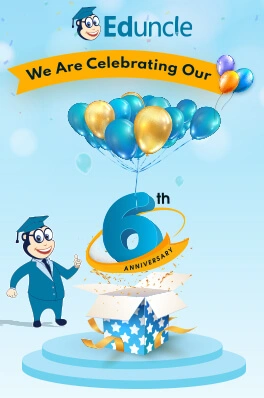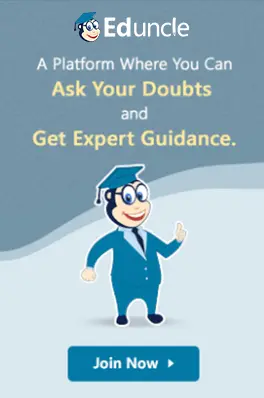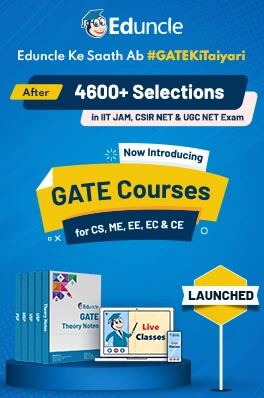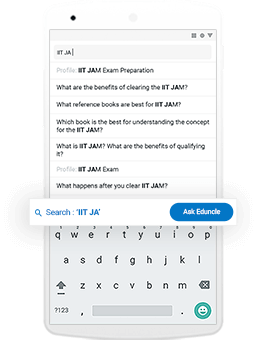Time management is very much important in IIT JAM. The eduncle test series for IIT JAM Mathematical Statistics helped me a lot in this portion. I am very thankful to the test series I bought from eduncle.
Nilanjan Bhowmick AIR 3, CSIR NET (Earth Science)- UGC NET
- Library and Information Science
The term User Education is used interchangeably with 'library instruction', library orientation' and
The term User Education is used interchangeably with 'library instruction', library orientation' and 'bibliographic instruction'. Neelameghan distinguishes user education, user orientation and user assistance, Roberts and Blandy prefer a broad term: library instruction. User education is a comprehensive service and a process of making the user self-reliant in locating, sorting and repacking information. This process may require two strategies: for general exposure, and for specific subject oriented – bibliographic instruction. The first visit to the library is mostly casual and in a sense this requires more frequent meetings with the user.
By the 1850s, US librarians instructed patrons on library use Samuel Greens attempt to initiate a reference desk in the public library in the 1870s. Louis Shore's library-college movement in the 1920s and Patricia Knapp's Montieth College programme in the 1960s are all significant. In 1949 the three-stage user education programme proposed by the UK library association's University and Research Section was a landmark. Ranganathan prescribed the role of an intermediary as a user-friendly reference librarian. Boon Fjallbrant and Stevenson Hopkins, Roberts and Blandy and others have made extensive historical assessments. Progress was slow, partly due to the problem of defining its place in the services; it was lost in the informational function or reference service. While lectures, tours and seminars are traditional methods, programmed learning, teaching machines, audiovisual tools and computer assisted learning (CAL) are the recent advances. User education is not merely a library tour or a brochure, it includes searching database (local and global) and generally making the user less dependent on others.
A variety of media are used. One-to-one instruction is simple but expensive, Orientation by informal tour is traditional and effective, but it is time-consuming and too general, and can cause boredom. Printed materials (leaflet, handout) describe services, tools and search strategies, but need frequent revision and may not be used. Displaying of posters, diagrams, etc. can teaching skills, but requires a mediator. In workbooks, the audience is involved, which enables learning at the individual's pace and the educator can know the effect of learning.
Which of the following type 'user-instruction' is relatively a costly proposition and less time consuming?
Choose Your Answer:
- 1 Likes
- 13 Comments
- 0 Shares
-
Neha sirohi
c
-
Harsimran kaur
one to one instructions
-
![comment-profile-img]() >
>
Subbu Subash
one to one instructions
-
Mukesh Kumar pathak
rr
-
Sanket pal
A
-
![comment-profile-img]() >
>
Shanmugapreethi
don't know. assumption
-
Shivanshi varshney
One by One Instruction
-
Nasim fatama
C
-
Sumaiya
c











 >
>
 >
>








Shanti
0ption c